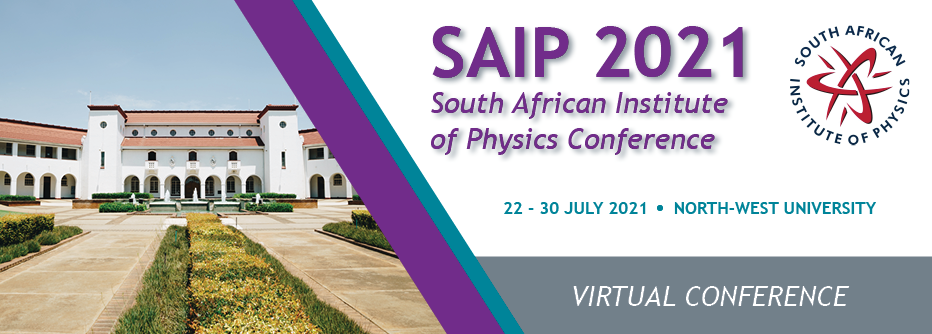Speaker
Description
Master Oscillator Power Amplifier (MOPA) systems have garnered considerable interest to power scale low power seed beams (from the Master Oscillator) to higher powers. These systems are favourable to obtain the desired laser beam performance when additional optical elements such as Bragg gratings are required. These elements do not have to endure high optical intensities inside high-power oscillators and do not affect the beam quality or power efficiency. Power amplifiers consist of two primary architectures that include end-pumping and side-pumping. The latter offers greater amplification at the expense of increased thermally-induced beam distortions such as thermal lensing, while the former offers more controllable and efficient power scaling with a limit on the amplification potential. To date, the theoretical models describing the characteristics of end-pumped systems have been limited to two-dimensional crystal architectures with an approximation of the thermal lens as a two-dimensional element. In general, the optical pumping beam is over-simplified and does not reflect real-world spatial evolution over the entirety of the crystal rod length. These approximations hold for thin crystals operating under small-signal amplification, however, they are inaccurate for high signal amplification in long crystal rod geometries. In this work, we explore three-dimensional crystal rods in end-pumped configuration, using an infinitesimally sliced model, to study the amplification potential and thermal lens in end-pumped power amplifiers in greater detail while using beam shaping theory to model the pump beam transformation accurately over the length of the crystal. We verify our theoretical approach experimentally using a single amplifier stage in double-pass configuration for power scaling of Gaussian beams. We demonstrate over 95% correlation between our model and the corresponding experiment and show that this correlation extends over the small and high signal amplification regions. The improved model, experimental techniques and results outlined here will provide a valuable tool for advances towards optimizing high brightness amplifiers.
Apply to be considered for a student ; award (Yes / No)?
Yes
Level for award;(Hons, MSc, PhD, N/A)?
PhD

